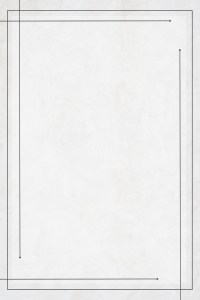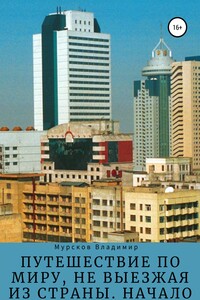Murder at Cape Three Points | страница 14
Except for the ground floor charge office where a certain amount of chaos was standard, CID was quiet on the weekends. Dawson took the narrow stairway to the fourth floor where he let himself into the detective’s room, greeting the only other person there, a detective sergeant preparing for a big court case on Monday.
On most days, the room was stifling, but today a soft breeze came through the louvered windows on either side. Only senior officers, assistant superintendent, and above, got air-conditioned rooms. Junior ones, from constable to chief inspector, did not. If Dawson ever wanted to have the high privilege of an air-conditioned room one day, he was going to have to knuckle down, comply with Lartey’s orders and solve this case.
He sat at his desk to examine the Smith-Aidoos’ case docket, whose front cover was the standard appearance of all such police records.
DOCKET GHANA POLICE FORCE
Date of offense Monday, 9 July/Tuesday, 10 July
Complainant Sapphire, Smith-Aidoo, MD
Principal Witness(es)
Sapphire, Smith-Aidoo, MD
George Findlay (Offshore Oil Installation Manager, Malgam)
Michael Glagah (Safety Officer, Malgam Oil)
Clifford Stewart (Crane Operator, Malgam Oil)
Ghana Navy Service personnel
Accused ____________________
Offense HOMICIDE
Victim(s) Charles Smith-Aidoo, Fiona Smith-Aidoo
He opened the folder and flinched. Front and center was a printed image of Charles Smith-Aidoo’s severed head stuck to the end of a gnarled, wooden pole like a gruesome lollipop. It looked both real and unreal, like a botched waxworks beginning to swell up and melt in the heat. The mouth gaped. The left eye was partially open, and the right eye had been removed. Dawson imagined the murderer holding the head firmly while pressing and screwing it down onto the erected stake. He shuddered and began to feel nauseated. Cutting off a person’s limbs was vile, but decapitation crossed a line into a realm of brutality that he could not understand.
Charles’s headless body had been propped up against one side of the canoe’s interior, dark irregular bloodstains around the neckline of his shirt. The murderer seemed to have mounted a display for maximum, sickening impact. Fiona Smith-Aidoo’s body was stretched along the floor of the canoe behind her husband’s. It appeared crumpled, more carelessly thrown-less staged than his.
Dawson had to stop looking at the photo. In his last case, a serial killer had disfigured his adolescent victims, but there, it had been the number killed that defined the horror. None of the individual victims had been inflicted with this degree of cruelty.


